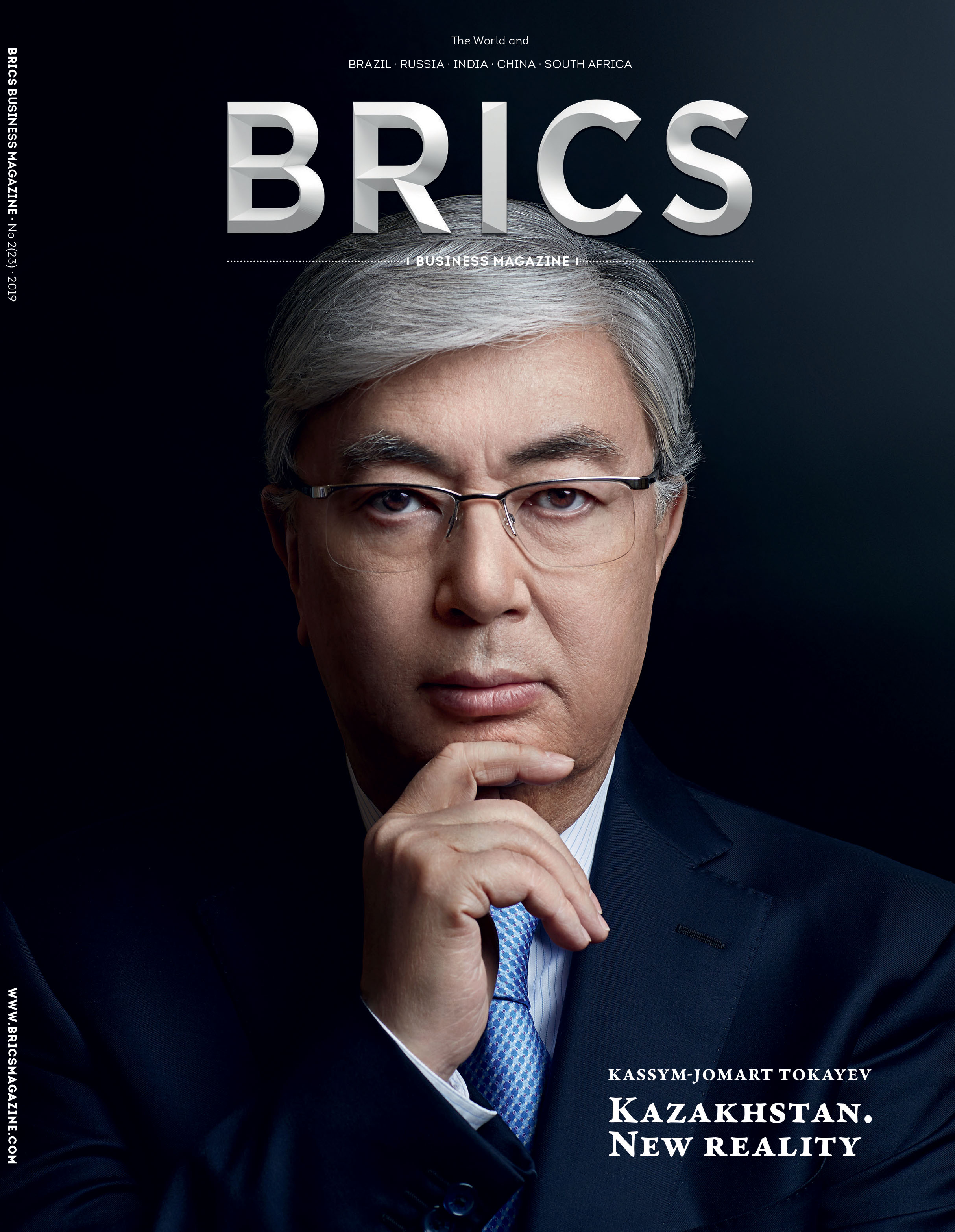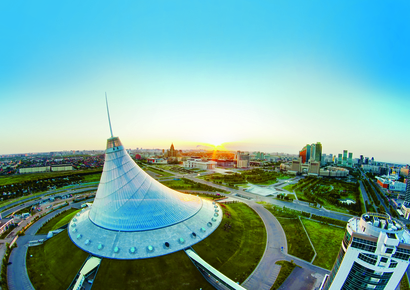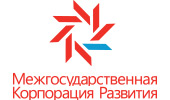BRICS Business Magazine English Edition No.2(23)
About BRICS Business Magazine
BRICS Business Magazine is a bookazine
—
a book-like magazine – addressed to global investors, businessmen, politicians, and experts.
A business and humanitarian
publication on rapid-growth markets, it is issued four times a year and
explains how to understand others.
The goal of this project is to organize a direct information exchange between the BRICS countries and other emerging markets.
We define a bookazine as a thick magazine with complex printing which is designed for slow reading and filled not in accordance with a constant set of sections, but rather in accordance with the topics chosen. Our bookazine includes (with occasional exceptions) three main kinds of data:
- essays and columns that would fit into “Opinions” or “Recommendations” sections
- indices, ratings, and rankings
- business cases
Industry and event projects as well as investment guides are featured as special add-ons.

























